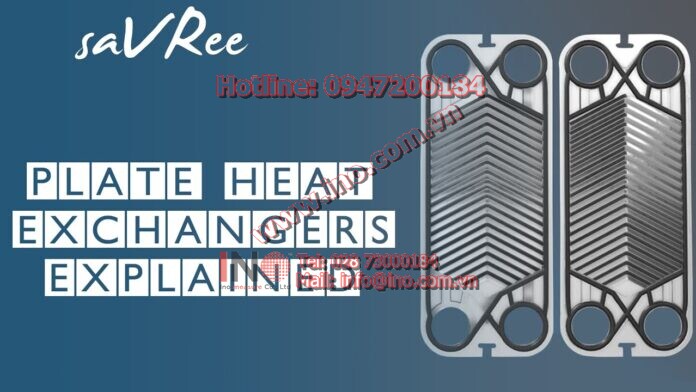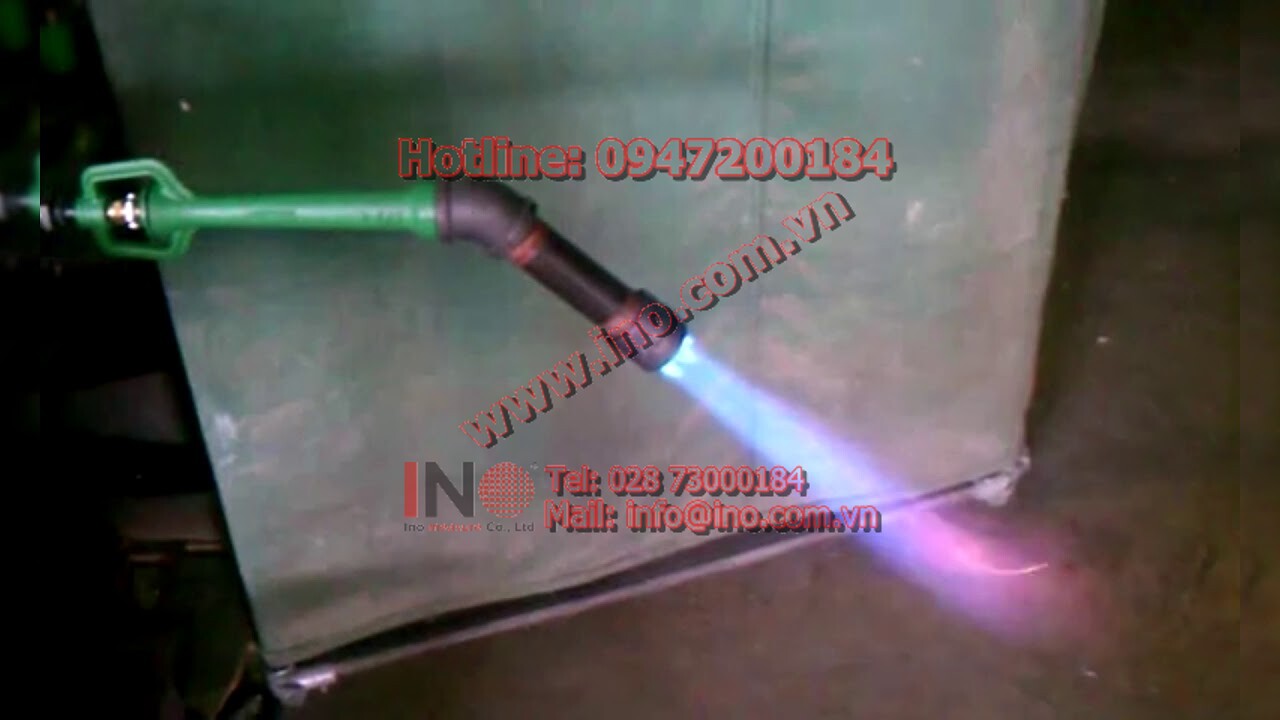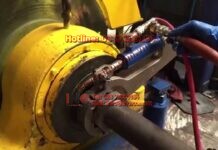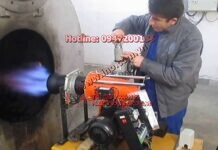Plate Heat Exchangers Explained (Industrial Engineering)
Các câu hỏi, thắc mắc, thông tin liên quan đến sản phẩm được giới thiệu trong video dưới đây từ khâu mua sắm, lựa chọn, sử dụng, cài đặt hay thay thế, vui lòng liên hệ với INO Team để được hỗ trợ và tư vấn kịp thời.
– – – LƯU Ý – – -: Với những thiết bị không được liệt kê ở đây không có nghĩa là chúng tôi không hỗ trợ được bạn, công ty chúng tôi chuyên đề xuất giải pháp, tư vấn mua sắm và cung cấp thiết bị về cảm biến công nghiệp, đo lường và tự động hoá cho các công ty trong và ngoài nước.
Công ty TNHH Giải pháp và Công nghệ Đo lường INO, nhà cung cấp các thiết bị đo lường và tự động hóa công nghiệp.
This 3D animated video shows how a plate heat exchanger (PHE) works. We look at all of the plate heat exchanger’s main components, how it works, and compare its design to other common heat exchanger types such as the shell and tube heat exchanger.
***********
Introduction to Heat Exchangers Playlist
https://www.youtube.com/playlist?list=PLjoH8XiKuSWlcC-b45wzo4bczDid06-1s
**********
Check out some of our FREE engineering Apps!
https://play.google.com/store/apps/developer?id=saVRee
**********
Want more high-quality educational engineering videos? Click on the link below to view our online video courses.
https://courses.savree.com/pages/youtube-special-offer
And don’t forget your COUPON CODE (use it at checkout!)!
25%-off-youtube
Hope to see you on a course soon!
**********
You can read more about plate heat exchangers in our 3D technical encyclopaedia:
https://savree.com/en/3d-model-library/
Want to use this 3D model in your training course or lesson? Simply join saVRee!
*****
Introduction
Plate type heat exchangers (PHE or PHX) can be found in many industrial engineering industries. This type of heat exchanger, along with the shell and tube type heat exchanger, are the most common heat exchangers seen today.
Plate type heat exchangers have a high heat transfer capacity compared to other heat exchanger designs. Although the heat transfer rate is higher than for a shell and tube type heat exchanger, plate heat exchangers are more expensive.
Although plate heat exchangers have many beneficial attributes, they are prone to fouling due to the small clearance space between the plates. This type of heat exchanger is also problematic if damage to the gaskets occur and the fluids mix between the two systems (usually the systems are dubbed ‘hot’ and ‘cold’).
How Plate Heat Exchangers Work
Plate heat exchangers are a type of heat exchanger used to transfer heat from one flowing medium to another. The hot and cold flowing mediums enter the heat exchanger through the inlets; there is one inlet per medium and one corresponding outlet per medium. The hot and cold fluids then flow between the space of every second heat exchanger plate.
Flow between neighbouring plates ensures the two flowing mediums can transfer heat through the heat exchanger plates, but they do not come into direct contact with each other. Gaskets between each of the plates direct the flow through the heat exchanger.
After heat has been transferred between the two mediums, the mediums exit the heat exchanger through the outlets.
Corrugated plates ensure turbulent flow which increases the heat transfer and raises the operating efficiency.
Plate Heat Exchanger (PHE) Components
Plate heat exchangers consist of the following parts:
– Plates
– Gaskets
– Tie Bar
– Carry Bar
– Guide Bar
– Tightening Bolts
– Frame
– Inlets
– Outlets
The corrugated plate sheets can be made of many different materials in order to match requirements.
#saVRee #IndustrialEngineering
Web: www.ino.com.vn | Mail: info@ino.com.vn
Tel: (+84) 028 73000184 | Hotline: 0947200184
Website: http://www.ino.com.vn Website: http://www.ino.vn
Please visit INO YouTube Channel for more Video
https://www.youtube.com/inomeasure




















